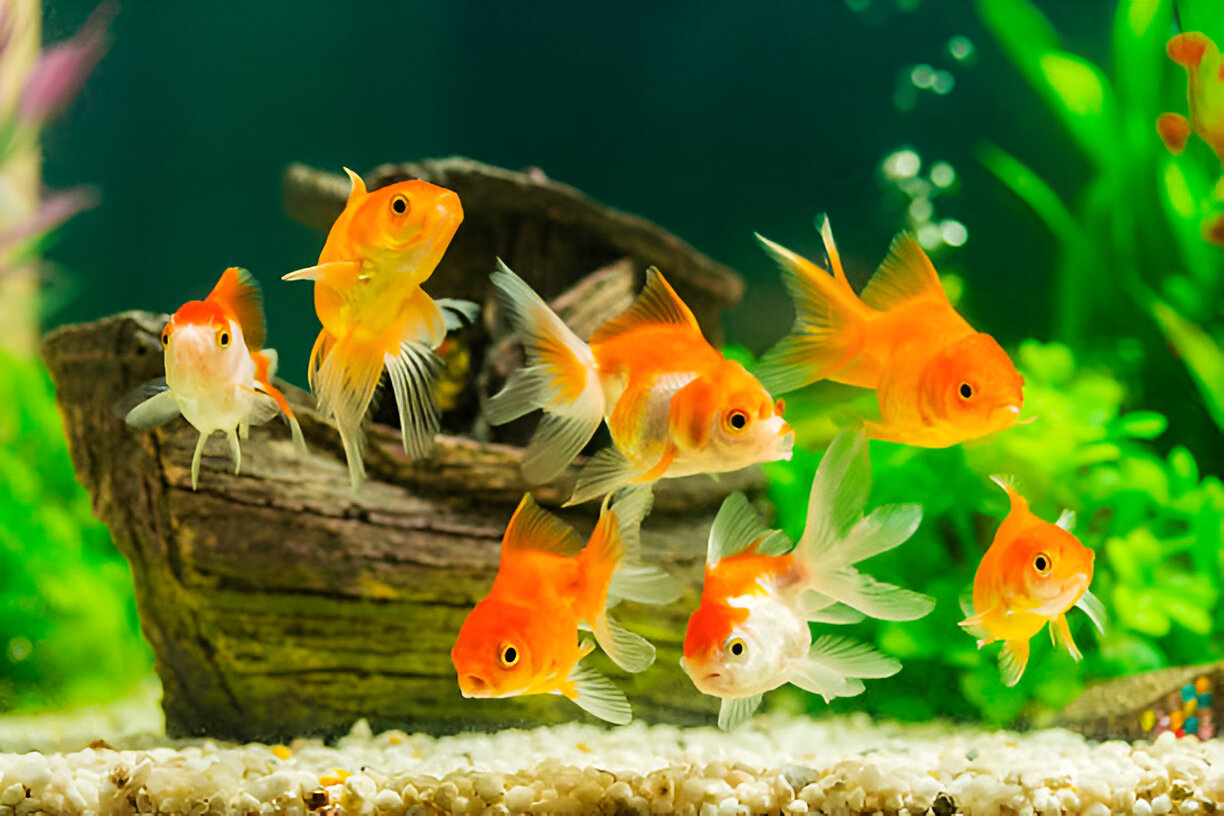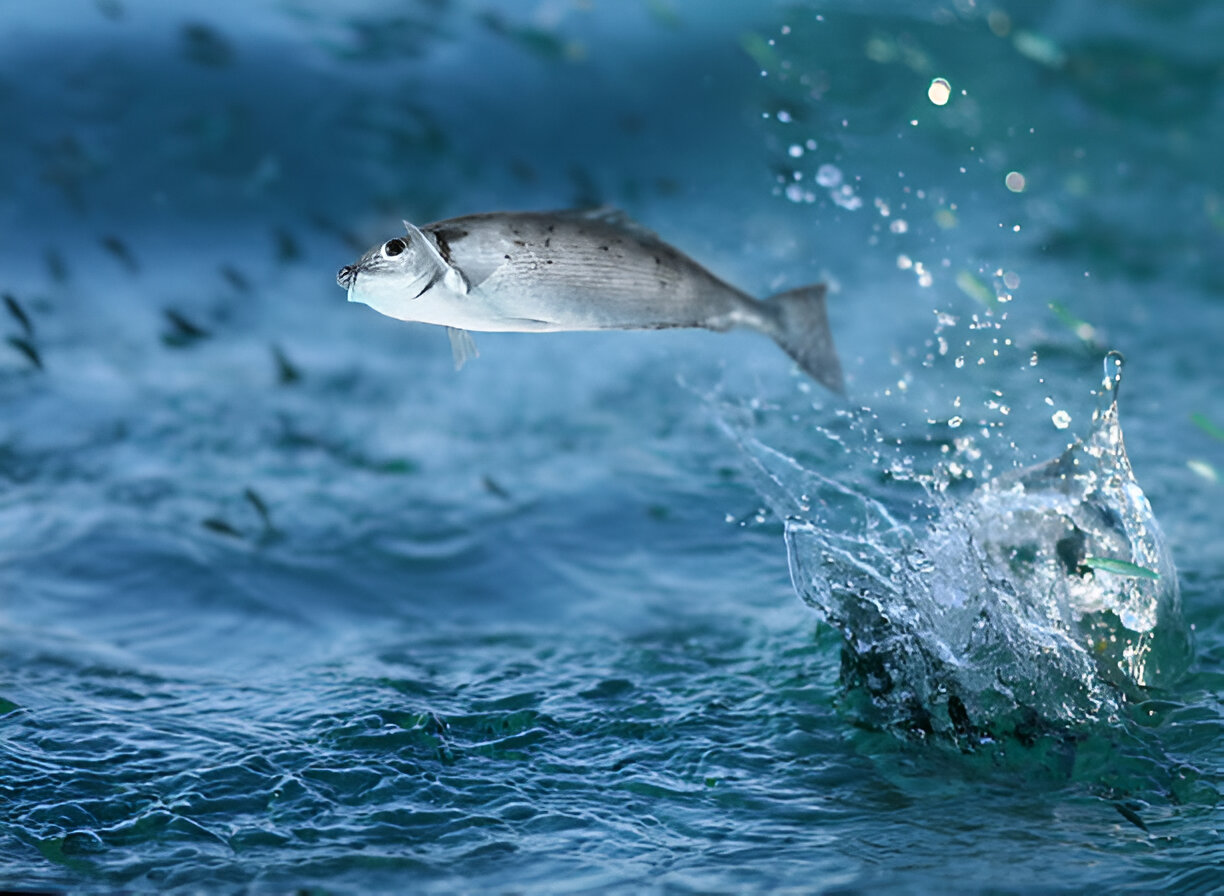
Aquarium or pond maintenance is not as simple as putting water into a tank and then introducing fish into it. It is the unseen things about the water that can break or make your aquatic ecosystem. Regular water testing is the best option you can use to keep your fish living fine rather than merely surviving.
The Silent Killer – Ammonia
Fish always shed ammonia in their gills and wastes. Natural large water bodies diffuse it, but it accumulates quickly in small places such as aquariums and ponds. You do not know about it until you test it as dead or alive fish start gasping or dying.
It is possible to boost oxygenation by using a so-called pond air pump, which will not eliminate ammonia. The daily testing is where it gets in. As per the experts of That Pond Guy, a reputable source of pond maintenance information, even clear water can be fatal if there is ammonia hiding behind the scenes.
The Nitrogen Cycle – A Balancing Act
Aquariums and ponds depend on useful bacteria to digest harmful garbage.
This is what happens:
- Ammonia turns into nitrite (still toxic).
- Nitrite converts into nitrate (less harmful).
- Without testing, you won’t know if this cycle is functioning.
New setups are especially risky because bacterial colonies take time to establish. Testing daily at first helps track progress and prevents fish losses.
Key Water Parameters to Test
To keep fish safe, focus on these four:
- Ammonia – Should always be at 0 ppm.
- Nitrite – Also toxic; must stay at 0 ppm.
- Nitrate – Safe below 25 ppm in ponds.
- pH – Stability matters more than the exact number.
Ignoring these leads to stressed fish, diseases, and sudden deaths.
Why Clear Water Does Not Mean Safe Water

Water that appears clear is not always healthy. pH products, ammonia highs or low oxygen are not evident. Test strips or liquid kits (more accurate) are the only way to detect these hidden dangers
How Often Should You Test?
- New tanks/ponds – Daily for the first few weeks.
- Established systems – Weekly for routine checks.
- After changes – Introducing new plants, fish, or post-treatments.
Keeping a log helps spot trends before they become emergencies.
Beyond Basics – Other Important Tests
For advanced care, consider:
- KH & GH – Affects pH stability and fish health.
- Phosphate – Fuels algae growth if unchecked.
- Oxygen levels – Critical in overstocked or warm ponds.
Preventing Problems Before They Start
Testing is not only repair work but prevention. By detecting a small increase in ammonia early, it is possible to save your fish using simple water replacement. It is always late when fish gasp on the surface.
Final Thoughts
Serious fish keepers cannot test water. It is choosing between a vibrant fish world and the recurring agony of losing fish. Good test kits, regularity, and the healthy glow of your fish will reward you.
That Pond Guy swears by regular testing as the backbone of pond care—because healthy water means happy fish. Don’t wait for trouble to test; make it a habit, and your underwater world will flourish.




